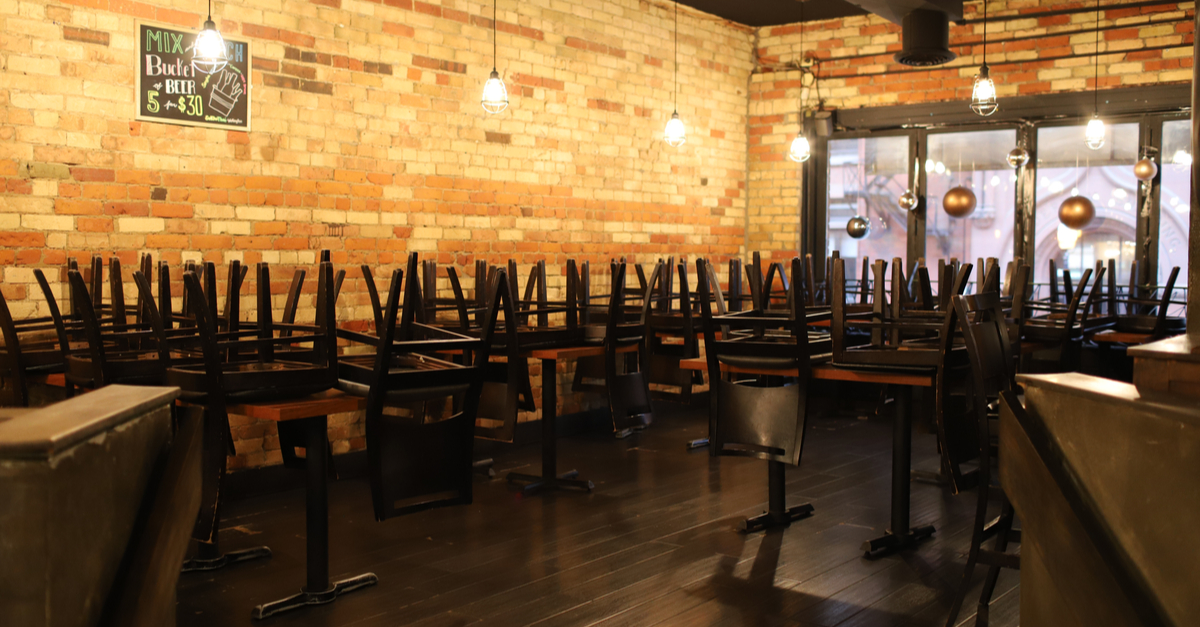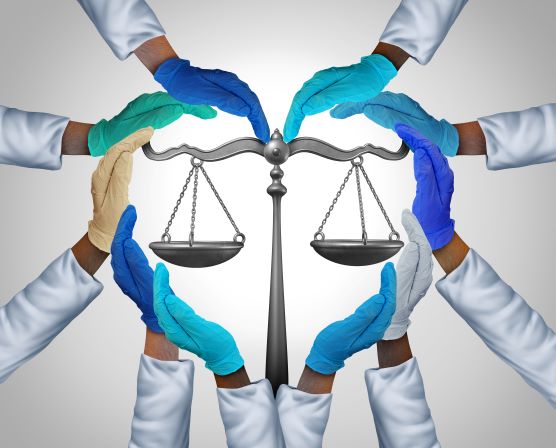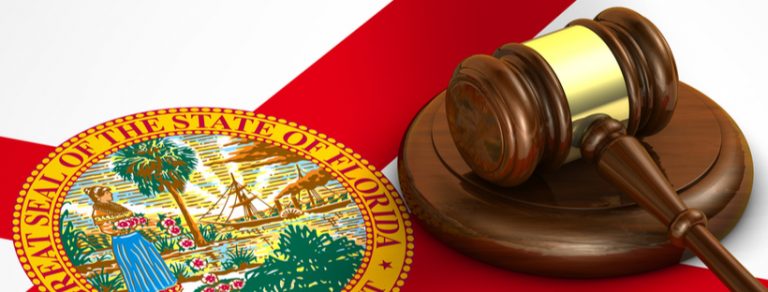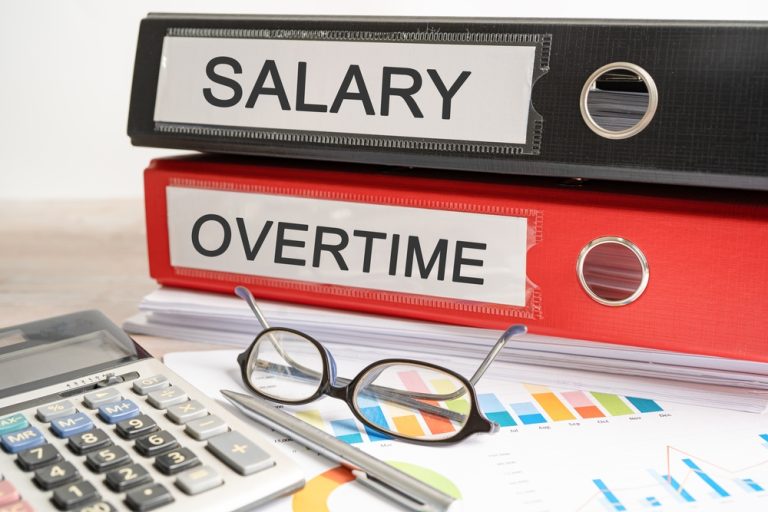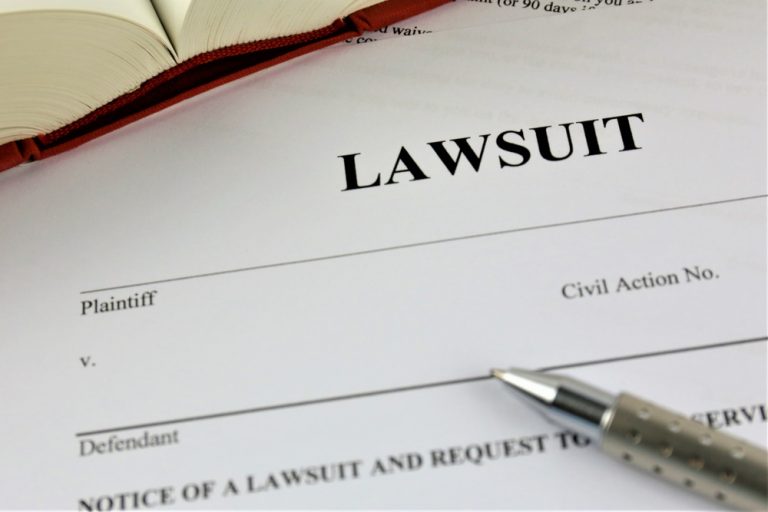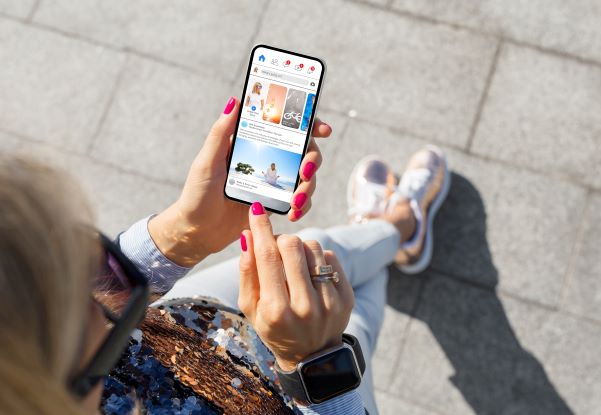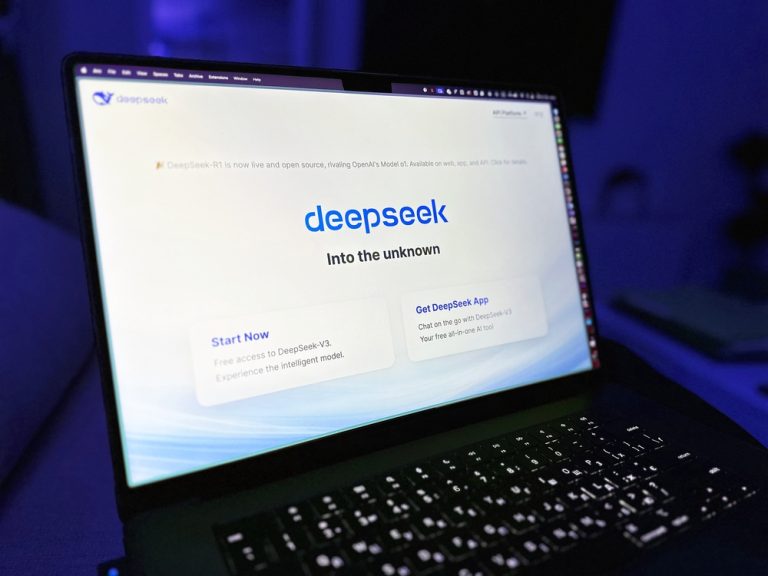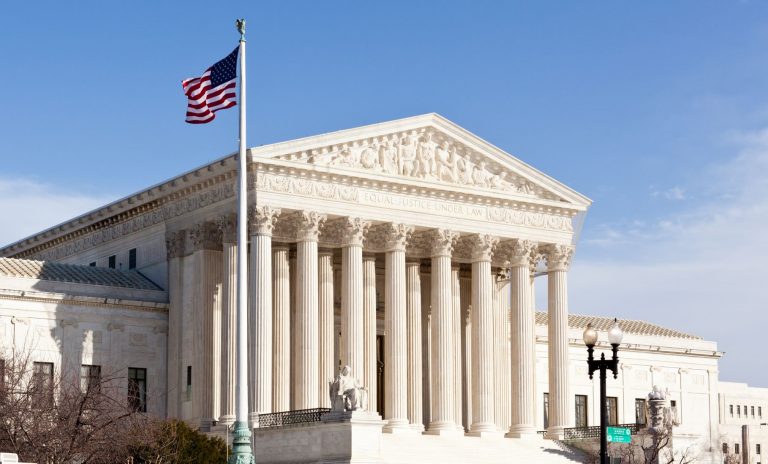Restaurant Revitalization Grant Offers Relief to Restaurants and Bars: Opens May 3
Restaurant Revitalization Grant Offers Relief to Restaurants and Bars: Opens May 3
Registration for the SBA application portal will begin on Friday, April 30, 2021, at 9 am ET. Applications will open on Monday, May 3, 2021, at noon ET.
It is no secret that the restaurant industry has been one of the harder-hits of the COVID-19 pandemic. With government shutdowns, limits on hours, restricted operations, and social distancing requirements, restauranteurs—especially small business owners—were forced to swiftly adapt to a new normal or risk shutting their doors. While there have been several economic relief packages that have rolled out since the wake of the pandemic, the Restaurant Revitalization Grant (“RRG”) Program marks the latest federally-backed grant program set to provide vital economic relief to restaurants and bars with twenty (20) or fewer locations.
What is the RRG?
On March 11, 2021, President Biden signed the American Rescue Plan Act of 2021 (“ARPA”) into law. As part of the ARPA, lawmakers funded the Restaurant Revitalization Grant Program with $28.6 billion to provide restaurants and bars with grants equal to their pandemic-related losses. See ARPA § 5003. The Small Business Administration (“SBA”) is charged with administering the RRG program. According to ARPA, $5 billion is set aside for entities who had gross receipts of $500,000 or less during the 2019 calendar year, but only for the first sixty days. Thereafter, those funds will become available to all applicants. The remaining $23.6 billion is to be awarded “in an equitable manner” by the SBA. The maximum grant amount is $5 million per location, or $10 million total.
Who is Eligible for RRG?
The RRG defines “eligible entities” as restaurants, food stands, food trucks, food carts, caterers, saloons, inns, taverns, bars, lounges, brewpubs, tasting rooms, taprooms, licensed facilities or premises of a beverage alcohol producer where the public may taste, sample, or purchase products, or other similar place of business in which the public or patrons assemble for the primary purpose of being served food or drinks. In short, most restaurants and bars will qualify for RRG as “eligible entities” so long as they don’t have more than twenty locations, are not publicly traded, haven’t received a Shuttered Venue Operators Grant, and a few other minor disqualifiers.
Of the eligible entities, applicants must prove revenue losses attributed to the pandemic. Revenue losses will be calculated by subtracting 2020 gross receipts from 2019 gross receipts. If a business was not in operation for the entire 2019 year, then a different method of calculation applies; the difference between 12 times the average monthly gross receipts for 2019 and 12 times the average monthly gross receipts in 2020. The SBA is expected to issue more guidance on how to calculate pandemic-related losses in revenue. However, the calculation can be boiled down to:
[Eligible Expenses Incurred] – [Gross Receipts] – [PPP Loans] = Grant Fund
“I qualify; what’s next?”
Unfortunately, the funding for the RRG is not enough to meet the demand of the industry. As a result, many eligible applicants may not receive the grant. Because of this, businesses should be ready to apply. We recommend compiling the following documents to have on hand:
- Business tax returns
- Bank statements
- Externally or internally prepared financial statements such as Income Statements or Profit and Loss Statements
- Point of sale report(s), including IRS Form 1099-K
- Organizational documents (i.e., articles of incorporation, operating agreements, etc.)
- Loan documents on Paycheck Protection Program (“PPP”) loans (any RRG funding issued will be reduced by the total amount of PPP loans, if applicable)
Note that some businesses may need additional documents.
How do I apply for the grant?
Initially, businesses that have not applied for a federal grant before were going to be required to register at www.SAM.gov and to receive a DUNS number—a unique nine-digit identifier for businesses, which can be a time-consuming and tedious process. Luckily, however, the SBA tweeted it would be waiving that requirement in an effort to simplify the application process.[1]
On April 19, 2021, the SBA announced key details on application requirements, eligibility, and a program guide for the RRG. Those details can now be accessed in English at www.sba.gov/restaurants or in Spanish at www.sba.gov/restaurantes.
What can I use the grant for?
Funds may be used for the following expenses:
- Business payroll costs (including sick leave)
- Payments on any business mortgage obligation
- Business rent payments (note: this does not include prepayment of rent)
- Business debt service (both principal and interest; note: this does not include any prepayment of principal or interest)
- Business utility payments
- Business maintenance expenses
- Construction of outdoor seating
- Business supplies (including protective equipment and cleaning materials)
- Business food and beverage expenses (including raw materials)
- Covered supplier costs
- Business operating expenses
Next Steps
Registration for the SBA application portal will begin on Friday, April 30, 2021, at 9 am ET. Applications will open on Monday, May 3, 2021, at noon ET. The SBA held a pilot period to address technical issues ahead of the public launch. The pilot program consists of randomly selected volunteers that have previously applied for PPP loans and self-identify as a woman, veteran and/or person of color.
The application will be available at https://restaurants.sba.gov once the link goes live. Applicants can also apply through SBA-recognized Point of Sale (“POS”) vendors, such as Square, Clover, Toast, and NCR Corporation. If you are working with Square or Toast, you do not need to register beforehand on the https://restaurants.sba.gov application portal. To stay ahead of the game, we encourage interested applicants to download SBA Form 3172 before the portal opens. That way, you will have all of the necessary information already on hand, which will help to stream-line the process.
Two weeks after applications are posted, the SBA will begin distributing funds. Some businesses may be eligible for the priority period:
- Days 1 through 21: In the first 21 days that the application is live, the SBA will only accept applications from a small business owned by women, veterans, or socially and economically disadvantaged individuals.
- Days 22 and beyond: The SBA will accept applications from all eligible applicants.
The RumbergerKirk COVID-19 Task Force will continue to monitor all legislation, and federal laws and agencies, and keep our clients updated to navigate the changing landscape.
[1] See https://twitter.com/SBAgov/status/1376923964388294660?s=20
